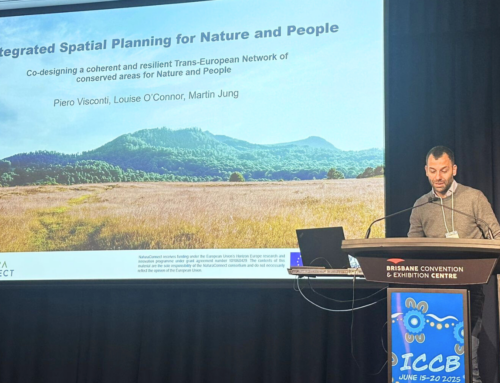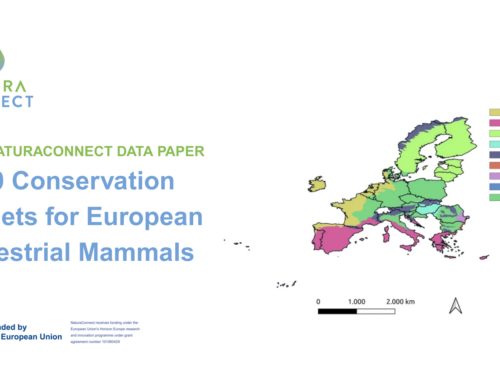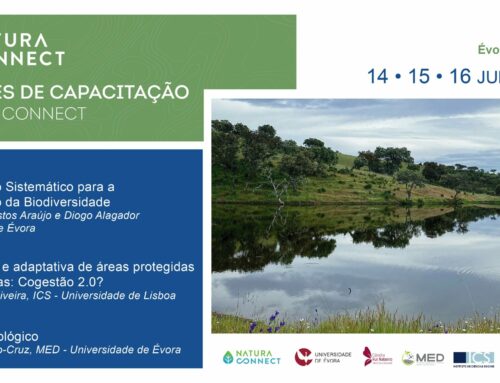Building Bridges for Nature: Mid-Term Insights into TEN-N Implementation across 6 Case Studies
Understanding the challenges of conservation planning in diverse contexts is essential for shaping effective strategies that work across spatial scales. This milestone report serves as a vital mid-term checkpoint for the TEN-N (Trans-European Nature Network), drawing insights from six distinct case studies. These case studies provide a robust testing ground to assess the practicality of TEN-N principles and to identify key challenges and commonalities. The findings outlined here will inform the creation of a comparative analysis of TEN-N implementation.
Case Study Contexts and Objectives
The case studies span a variety of geographic and socio-political contexts, each designed to shed light on the practical integration of TEN-N principles at different levels of governance:
Danube-Carpathian Region: A transboundary regional study engaging 15 countries (10 European and five non-European). This case study focuses on coordinating conservation efforts across vast and varied landscapes, highlighting the complexities of multi-national collaboration.
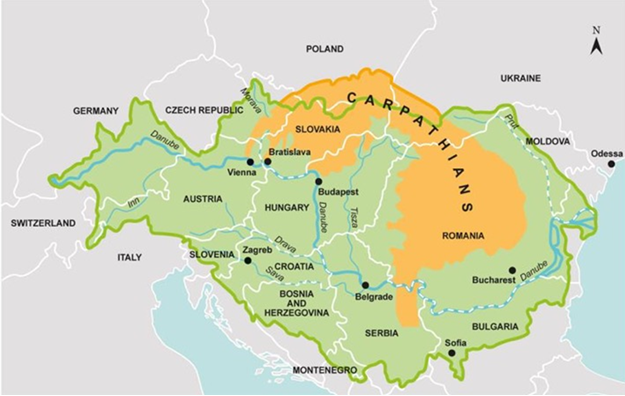
Map of the Danube-Carpathian region, ©WWF
National Case Studies (Finland, France, Portugal): These studies work in close partnership with national biodiversity and environmental agencies to explore the integration of TEN-N within national policies and frameworks.
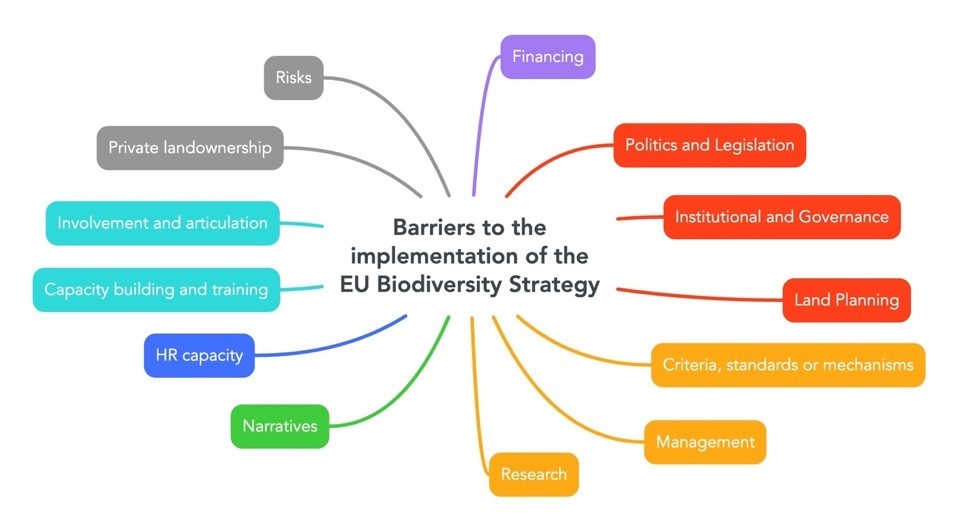
Clustered barriers to the implementation of the EU Biodiversity Strategy in Portugal
Local Sub-National Case Studies:
Doñana Region: A critical biodiversity hotspot in Spain, characterised by its dynamic multi-actor governance network, that exemplifies the spatial conservation challenges in complex planning contexts.
Leipzig-Halle Peri-Urban Floodplains: A unique case focusing on peri-urban conservation challenges in Germany, where ecological considerations must align with urban development pressures, across multiple administration levels.
By targeting these varied scales and contexts, the case studies offer a “reality check” on the feasibility of TEN-N principles, showcasing how spatial conservation planning can adapt to different needs.
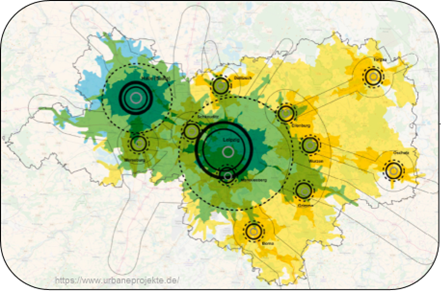
Location and form of the Leipzig-Halle case study. The map schema illustrates the two major centers Halle and Leipzig with their influence zone (green), urban subcenters and their zone of influence for rural areas (yellow), and development corridors relevant for connecting the region
Key Sections of the Reports
Each mid-term report is structured to address the following:
- Conservation Planning Challenges: Detailed assessments of specific geographic, ecological, and socio-political issues facing each case study area, highlighting the urgency and complexity of conservation efforts.
- Case Study Objectives: Tailored goals for each region, aiming to balance ecological priorities with local, national, or regional planning frameworks.
- Policy Context and Financial Mechanisms (when available): Insights into existing policies and financial instruments, examining how they align—or clash—with TEN-N principles. These sections also offer a forward-looking analysis of policy synergies and gaps.
- Stakeholder Engagement: A critical component for successful implementation, the reports identify a wide range of stakeholders, including:
National environmental agencies.
Local authorities.
NGOs and protected area managers.
International commissions and conventions, particularly in the transboundary Danube region.
Stakeholder involvement is pivotal for disseminating findings and driving policy adoption. - Methodological Approaches and Preliminary Results: An in-depth look at the quantitative and qualitative methods employed, alongside early findings from each case study.
Emerging Insights and Future Directions
The mid-term findings reflect significant progress in aligning TEN-N principles with the unique requirements of each case study area. By documenting challenges, methodologies, and preliminary outcomes, this milestone provides a robust foundation for the final comparative analysis in 2026.
One of the standout features of the project is its emphasis on adaptability. The case studies underscore the importance of tailoring TEN-N frameworks to the specific socio-political and ecological contexts of each region. For example, the Danube-Carpathian study illustrates the complexities of transboundary conservation, while the Leipzig-Halle floodplains case highlights innovative approaches to balancing urban and ecological priorities.
As the project progresses, continued stakeholder engagement will remain critical to refining and implementing effective conservation strategies. The inclusion of diverse perspectives ensures that the outcomes are not only scientifically sound but also practically viable for policymakers and local communities.
This milestone report is a proof to the collaborative and iterative nature of the TEN-N project. By synthesising the findings of six diverse case studies, it offers valuable insights into the opportunities and challenges of spatial conservation planning at multiple levels. As we move towards the final deliverable in 2026, these mid-term insights provide a strong foundation for advancing the TEN-N vision—a resilient, connected network of ecosystems that transcends borders and benefits both nature and people.
Authors: Martina Marei Viti, Miguel Fernandez, Rafaela Schinegger, Georg Gruber, Carina Seliger, Florian Borgwardt, Hildegard Meyer, Irene Lucius, Heini Kujala, Maria Hällfors, Risto K. Heikkinen, Thiago Cavalcante, Aino-Maija Määttänen, Marie-Caroline Prima, Florian Barnier, Sara Si-Moussi, Marianne Tzivanopoulos, Gabrielle Deschamps, Léa Suarez, Paul Rouveyrol, Wilfried Thuiller, Miguel Bastos Araújo, Bárbara Pais, Francisco Moreira, Zulima Tablado, Marcello D’Amico, Sanne Evers, Virgilio Hermoso, Laetitia Navarro, Maria Paniw, Eloy Revilla, Dagmar Haase, Manuel Wolff, Sebastian Scheuer, Peer von Döhren, Benjamin Labohm, Piero Visconti, Henrique Pereira


